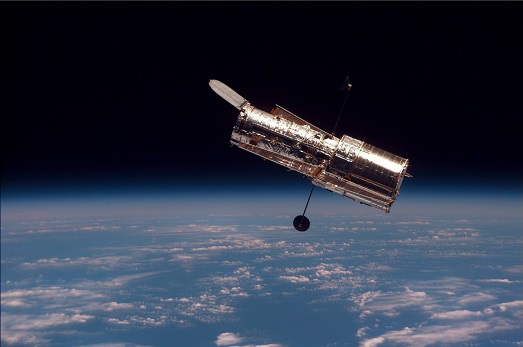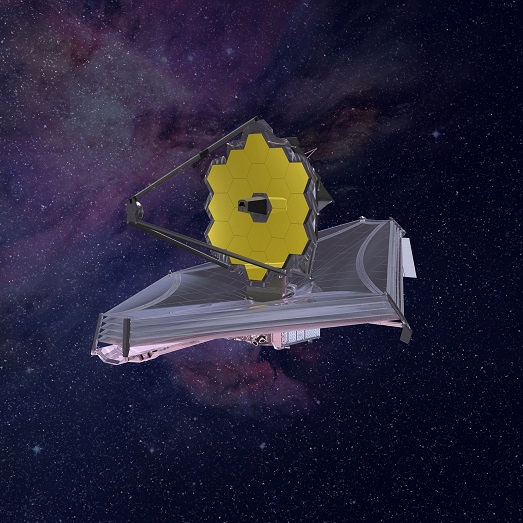Near sunrise or sunset, the Sun turns orange-red and is much dimmer. Why? Atmosphere! The atmosphere attenuates starlight, including the light from our Sun. The amount of light reduction depends on how high the object is in the sky. The Sun is dimmer when it shines from a low angle, it is because Sun rays have to go through a thick atmosphere, i.e. more attenuation. However, the Earth's atmosphere not only weakens starlight, but also blurs them. The atmosphere undermines the accuracy of astronomical measurements and precludes us from having a more profound understanding of the Universe.
To get rid of the atmospheric influence, astronomers launch telescopes in space. To date, more than 100 space observatories have been launched. Among them, there is the truly legendary Hubble Space Telescope. In space, Hubble takes "ultra-high definition" images, collects the faint light from distant galaxies and gives us incredible insight into the cosmos. Well, Hubble has been observing the Universe for over 31 years. Even though the old man have had "body checks" and "organ transplants", maybe it is the time for it to step down…… Indeed, the Hubble's computer experienced a problem this June and engineers managed to fix it with a bit of luck. Hubble's "successor" is almost ready! It is the James Webb Space Telescope. Hubble's "successor" is almost ready! It is the James Webb Space Telescope.
Space Museum will stage the "Golden Eye On the Cosmos" special exhibition about Webb from late October. NASA plans to launch Webb into orbit this December. Let's explore Webb and its science in the next couple of weeks!






